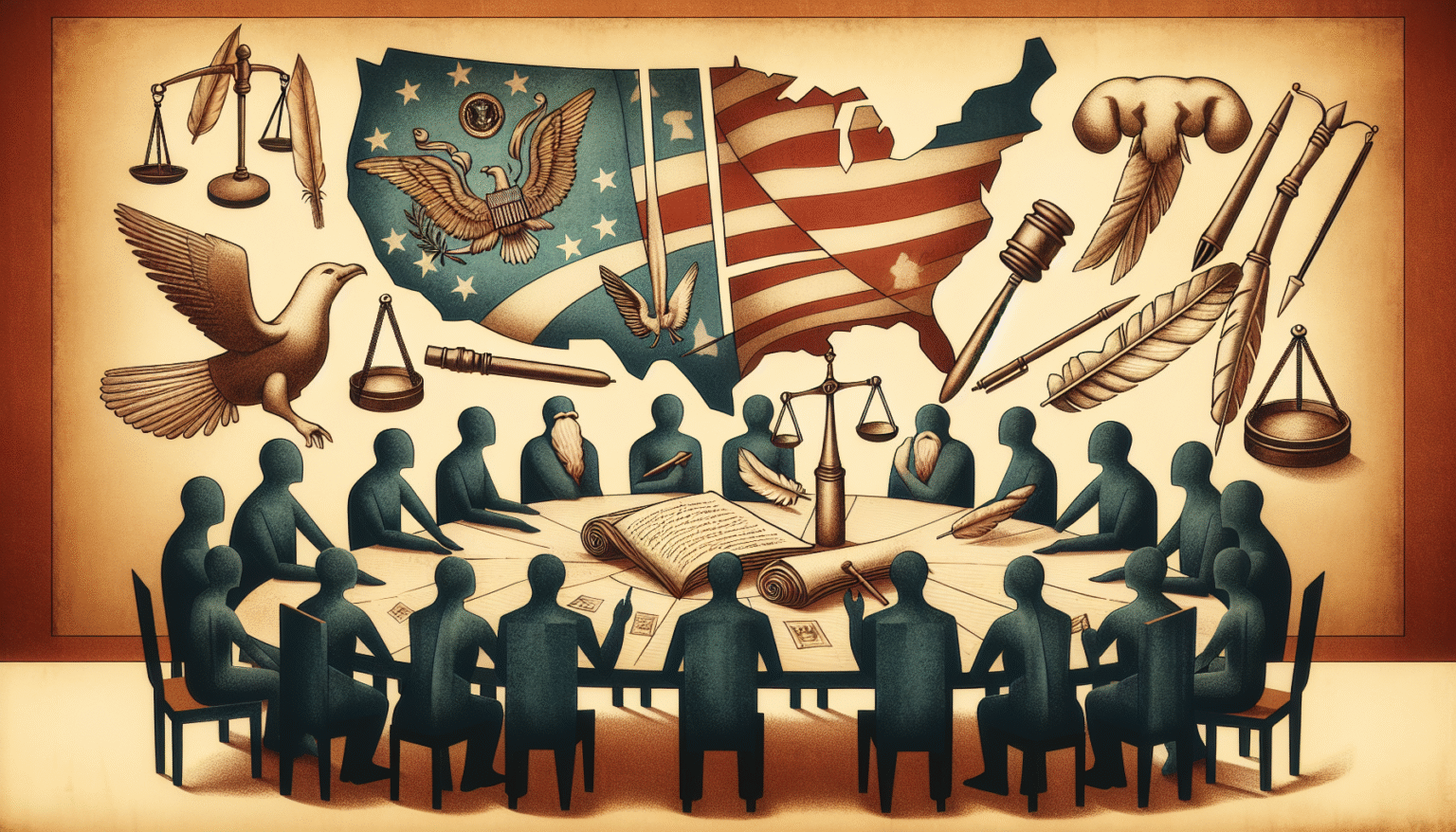Political Parties in the U.S.: Their Influence and Evolution
Historical Context of Political Parties
The evolution of political parties in the United States has been shaped by historical events, social movements, and shifts in public opinion. The first political parties emerged in the late 18th century, with the Federalist Party, led by Alexander Hamilton, and the Democratic-Republican Party, spearheaded by Thomas Jefferson. The Federalists valued a strong central government, while the Democratic-Republicans promoted states’ rights and agrarian interests. This foundational conflict laid the groundwork for future party dynamics.
The Formation of Major Political Parties
By the mid-19th century, the political landscape was altered significantly with the rise of the Democratic Party and the Republican Party. The Democratic Party, which traces its roots back to Jefferson’s faction, remained dominant in the South and supported agrarian interests. In contrast, the Republican Party, founded in 1854 to oppose the spread of slavery, attracted former Whigs, Free Soilers, and abolitionists. The election of Abraham Lincoln in 1860 marked a pivotal moment in American history, as the Republican Party solidified its place in the two-party system.
The Role of Third Parties
Third parties have intermittently played a significant role in U.S. politics, despite the dominance of the two-party system. Parties such as the Populist Party in the 1890s and the Progressive Party in the early 20th century introduced pivotal reforms, such as labor rights and women’s suffrage, into national dialogue. Notably, Ralph Nader’s Green Party candidacy in 2000 highlighted ecological issues, albeit at the expense of votes in the Democratic Party, showcasing how third-party movements can impact electoral outcomes.
The Two-Party System and Its Implications
The two-party system solidified within the framework of American politics due to factors including the winner-takes-all electoral system and state laws that favor major parties. This system typically results in a binary choice for voters, compelling minor parties to either affiliate with a major party or risk insignificance. Consequently, while third parties can raise critical issues, they often struggle to achieve significant electoral success.
Primary Elections and Nominations
Primaries play a critical role in determining party candidates. By the 1970s, many states transitioned to direct primaries, allowing party members to vote for their preferred candidates rather than resorting to selection by party leaders. This shift democratized the nomination process, although it has led to challenges, including the dominance of money in politics and the influence of special interest groups. The rise of televised debates and social media has transformed the way candidates communicate with voters, making personal branding as crucial as party affiliation.
Political Parties and Legislative Agenda
Political parties significantly influence legislative agendas in Congress. The majority party typically sets the tone for policy discussions and priorities, using their numbers to guide committee assignments and dictate the legislative calendar. As a result, major parties often engage in strategic negotiations and compromises, which can both foster bipartisanship and create significant divides, especially on hot-button issues like healthcare, immigration, and taxation.
Influence of Interest Groups and PACs
Political Action Committees (PACs) and interest groups have gained increasing influence in American politics, aligning with party platforms to garner support for specific agendas. Organizations advocating for environmental protection, civil rights, and business interests often funnel money into party campaigns, shaping policy decisions and election outcomes. This relationship illustrates the complex interplay between political parties and the groups that seek to sway them, raising questions about the depth of democracy and representation in the electoral process.
Regional Variations and Party Leaning
Over time, regional alignments have shifted, leading to modern political landscapes characterized by distinct party affiliations—typically, the South leans Republican, while the Northeast and West Coast align more with Democrats. Demographic changes, such as shifts in racial and ethnic populations, are also influencing party positions; the growing influence of Hispanic and African American voters, for example, has compelled the Democratic Party to prioritize issues relevant to these communities.
Party Realignment and Critical Elections
Critical elections, marked by significant shifts in party allegiance, have occurred throughout U.S. history. The 1932 election ushered Franklin D. Roosevelt and the New Deal Coalition into power, redefining the Democratic Party’s platform to include a more robust role for government in economic recovery. Similarly, the Southern Strategy employed by Republicans in the 1960s sought to capture disaffected white voters from the Democratic Party, reshaping political party identity in the process.
The Impact of Social Media and Digital Campaigning
In recent years, the rise of social media platforms has revolutionized political campaigning, allowing parties to communicate directly with voters. This transformation has enabled grassroots mobilization and enhanced fundraising opportunities. However, the spread of misinformation and the targeting of voters through micro-targeted ads have also raised ethical concerns about transparency and the quality of public discourse within the political landscape.
Changing Ideologies within Parties
The ideological battle within parties continues to shape their evolution. The Republican Party has seen a shift toward more populist and nationalist sentiments, particularly during the Trump era, where traditional conservative principles were often challenged. In contrast, the Democratic Party struggles with progressive factions advocating for bold reforms on climate change, healthcare, and wealth inequality, creating internal debates on party direction and strategy.
The Future of Political Parties in the U.S.
As societal norms continue to evolve and demographic trends change, political parties will inevitably adapt. The potential for further polarization exists, with parties becoming more ideologically homogeneous, or, conversely, a realignment of parties may occur as new issues emerge. The rise of independent voters and evolving public sentiments could signify a shift toward a more multiparty system or a restructuring of existing party dynamics.
Conclusion of Political Parties’ Influence
Political parties in the United States possess a profound influence over governance, elections, and public policy. Their evolution reflects the complexities of American democracy, shaped by history, social movements, and public sentiment. Understanding the trajectory of political parties provides critical insights into American political life and the future direction of its electorate.






